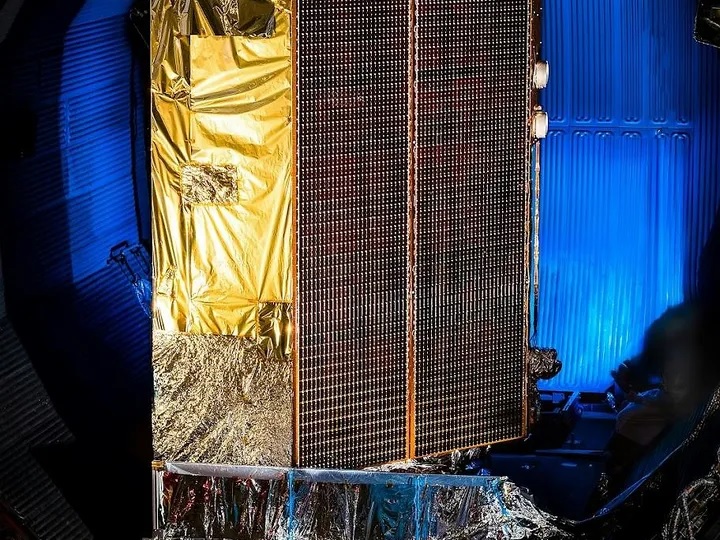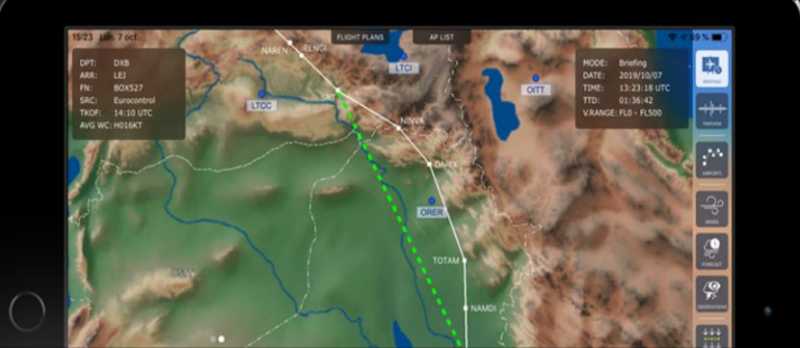
Airbus, the prime contractor for the Copernicus Sentinel-6 missions, confirms that the second satellite in this critical series is on its way to the launch site in Vandenberg, California. Liftoff is slated for November 2025.
“Building on the remarkable success of Copernicus Sentinel-6 Michael Freilich, launched in November 2020, this new Sentinel-6 satellite will ensure the unbroken flow of ultra-precise ocean surface topography data for the next six years,” said Marc Steckling, Head of Earth Observation, Science and Space Exploration at Airbus Defence and Space. “This follow-on mission will meticulously map ocean topography, track sea-level changes with centimetre-level accuracy, and monitor ocean currents, repeating its global survey every 10 days.”
The data delivered by Sentinel-6 is indispensable for understanding and predicting the impact of climate change on our oceans. These precise measurements provide crucial insights into global sea levels, ocean conditions, wind speeds, current dynamics, and heat storage. This information empowers governments and institutions to implement vital protection measures for vulnerable coastal communities and supports applications from urban planning to disaster preparedness.
Copernicus is the Earth observation component of the European Union’s Space Programme,
looking at our planet and its environment to benefit all European citizens. Copernicus provides continuous, free, and reliable Earth observation data and services to public authorities, companies and citizens around the globe.
The programme is managed by the European Commission and is co-funded by the European Union and ESA. The European Space Agency is responsible for the coordination,development and implementation, and evolution of the programme, as well as the operations of some spacecrafts.






